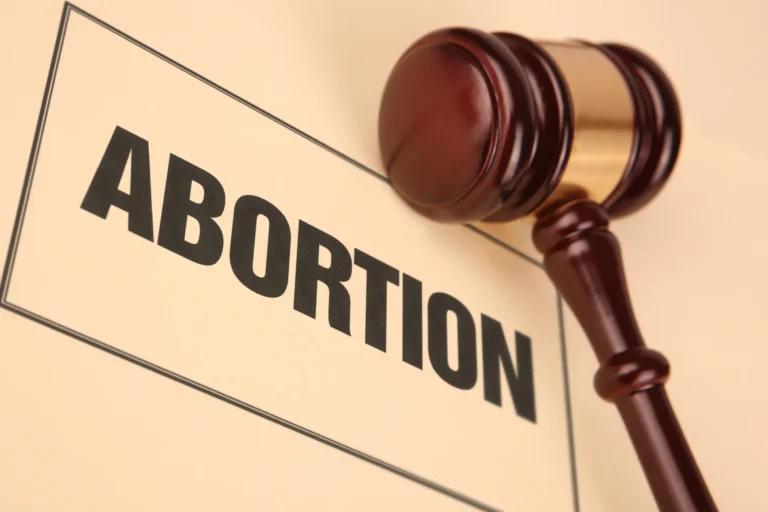The debate on how to save Social Security from bankruptcy could heat up again over the next year or two. The below is a letter to the editor of National Review explaining the danger of hiking payroll taxes.
Ramesh Ponnuru’s predictions (“Deal or No Deal?”, December 31) of a deal between Congress and the White House to “save” Social Security makes for grim reading. If Bush does go along with a tax increase — as Ponnuru suggests he might — not only will he betray Republican principles, he might well make the Social Security shortfall worse by negatively impacting the fertility behavior of the American people.
It is an iron syllogism: The greater percentage of a couple’s income the government takes in taxes, the fewer children they will have and, over time, the worse the ratio of workers to retirees will become. The Social Security system already heavily penalizes couples who have children. Raise the Social Security tax rate, and the system will consume its own children even faster.
In fact, Social Security’s current problems can ultimately be laid at the feet of falling birthrates. When the fertility rate in the United States was 3.6 children per woman, as it was in the early Sixties, the system was in actuarial balance forever.
With the onset of legal abortion and widespread contraception in the late 1960s and early 1970s, however; the birthrate collapsed. With fewer and fewer workers being born, it was only a matter of time until the system began to veer into insolvency.
Reverse that process, and the retirement trust fund, instead of running out of money sometime around 2030, will stay solvent. The Social Security Trustees have pointed the way. In their “low cost” assumptions, which stave off the collapse of the trust fund indefinitely, they assume that fertility increases by 10%, to 2.2 children per woman, and that immigration increases to 1.3 million per year.
Leaving aside the sticky question of immigration, raising the birthrate by that much — or even more — would not be difficult. Surveys show that young American couples are eager to have more children, 2.5 or so, than the two they are currently averaging. The reasons they don’t act on their fertility desires are primarily financial, and have a lot to do with high taxes.
Social Security, in particular, is a rotten deal for parents. Parents raise and educate children at enormous cost — supplying the human capital that the system requires — and yet get no more in the way of benefits than the “child-free.” If you exempted couples with two or more children from paying Social Security taxes, you would get more children, more workers and, ultimately, a solvent Social Security system.
Higher taxes, on the other hand, lead to death. Just ask the Italians.
Steven W. Mosher, President
Population Research Institute








